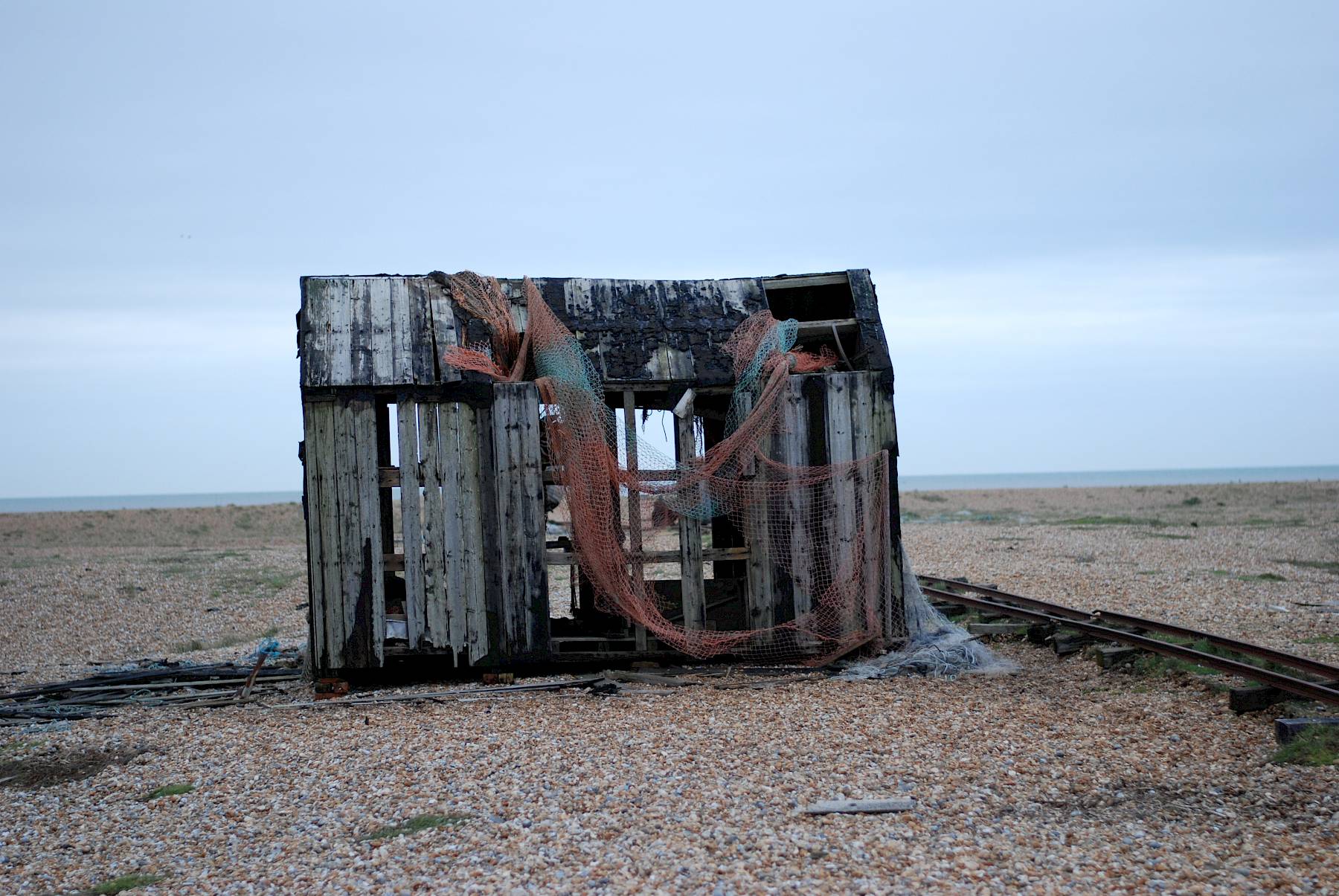
Romney Marsh has changed over time, as has the sea coastline indeed town locations. This interesting timeline highlights some key dates and events in our rich and evolving history.
Vast quantities of flint nodules, released from the chalk of southern England, were carried by seasonal flood waters down to what became the bed of the English Channel, ending up as shingle.
Archaelogical finds show that people used Romney Marsh at least as far back as 2,000 BC
Limited habitation of Romney Marsh.
Romans invade Britain
Romans produce salt from the Marsh at Dymchurch, Lydd and St Mary’s Bay.
New Romney (as Rumensea) first recorded.
Dungeness (as Dengeness) first recorded.
Lydd (as Lyd) first recorded
Vikings invade Romney Marsh.
Norman Invasion.
The building of St Nicholas Church in New Romney was begun by Bishop Odo, brother-in-law of William the Conqueror.
Most of Romney Marsh was permanently occupied and there were settlements at Ivychurch and Newchurch.
New Romney is one of five Cinque Ports established by Royal Charter.
Rhee Wall completed.
Wool becomes subject to export duty, leading to smuggling.
Great storms diverts the River Rother from New Romney to Rye
First Dymchurch Wall proper.
Black Death.
The Romney Marsh Corporation was established to install drainage and sea defences for the Marsh, which it continued to build into the 16th century.
The health of the Marsh population suffered from malaria, then known as ague or marsh fever, which caused high mortality rates until the 1730s.
New Hall in Dymchurch rebuilt.
Wool exports made illegal, leading to increase in smuggling.
First lighthouse built on Dungeness.
Dymchurch Redoubt and Martello Towers built.
Completion of the Royal Military Canal.
Many of the taxes on imported goods were abolished, leading to a decline in smuggling.
The Ingoldsby Legends name Romney Marsh ‘The Fifth Quarter’ or ‘The Fifth Continent’
John Coleman VC was killed in action at Lucknow, India, in 1858.
Over 350 Lookers’ Huts exist on Romney Marsh.
First Romney Sheep exported to Australia.
Author Edith Nesbit writes “The Railway Children”.
First “Dr Syn” novel published by Russell Thorndike.
Sound Mirrors built at Greatstone.
Romney, Hythe & Dymchurch Railway opens.
90% of Romney Marsh is grazed by some 200,000 sheep.
Second World War.
Lydd Airport (then known as Ferryfield) handles over 250,000 passengers a year (flying cars and people to France, before the arrival of nearby car ferry services).
Dungeness A nuclear power station starts generating power